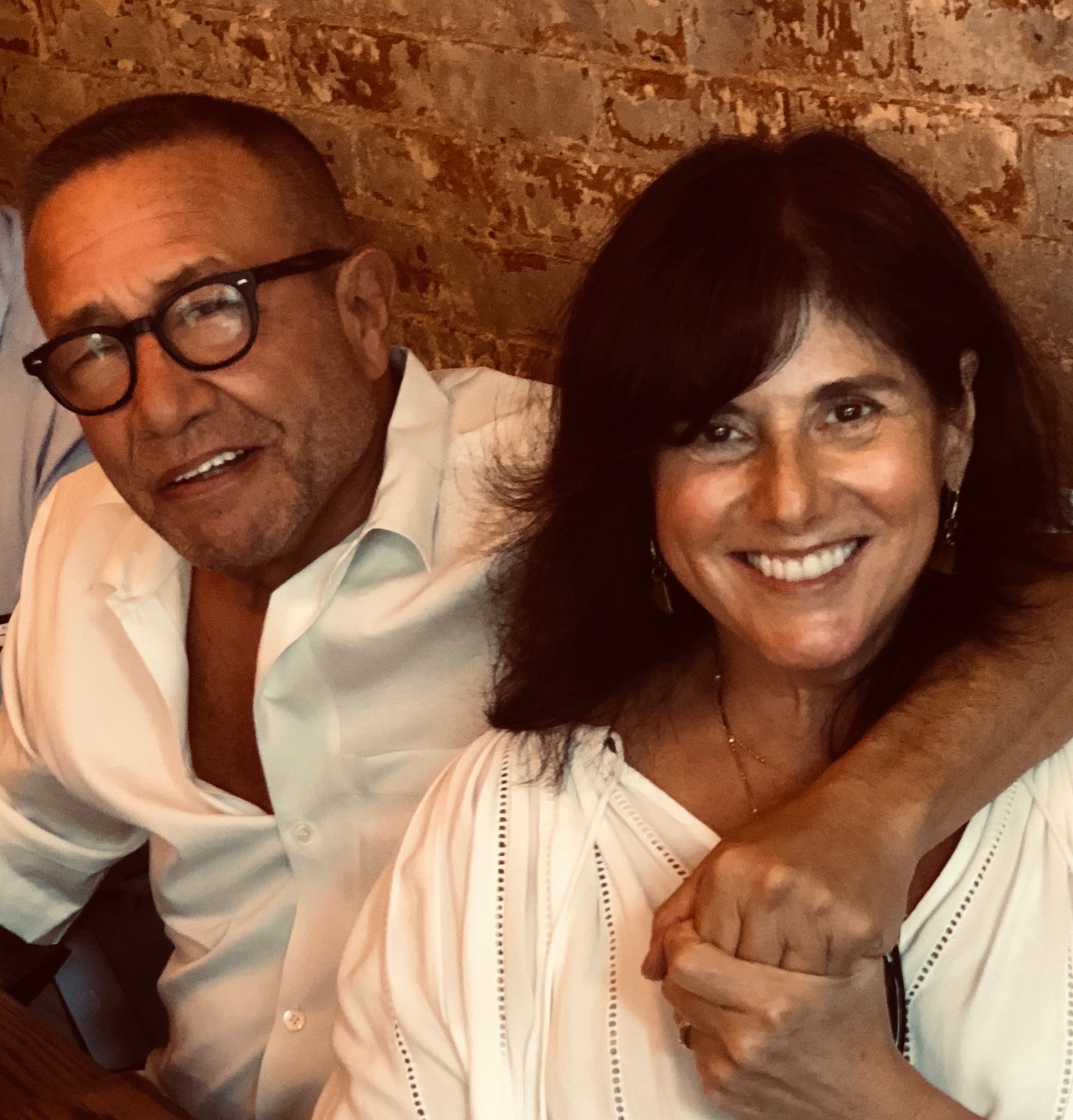Blue
NOVEMBER 7, 2018 BY REBEKAH DUTKIEWICZ
Texture and depth pulled me into Laura Vaccaro Seeger’s Blue, and texture and depth are what carried me through (and then back to the beginning, and then through again). Picking it up for the first time, my immediate instinct was to manipulate the book — to feel its weight, to run my fingers over the jacket — and this impulse was rewarded. The title is raised, providing lovely tactile feedback and inviting readers to consider the many layers and facets of a title that, on the surface, seems straightforward enough. And indeed, Blue is multidimensional. It is the companion book to Green, Seeger’s 2013 book for which she earned a Caldecott Honor, and although the two share many similarities, Green speaks to the natural world; Blue speaks to the heart.
Blue is often a conversation in contrasts, and this is evident as soon as the book is opened to reveal the endpapers and title page. The cover art is dark and dramatic with swirls of cerulean suggesting a dog’s paw print. The title page is an exhale — variations of sky blue textured behind a bold title. It is a place to pause before we keep looking for answers. The two experiences — the cover art and the title page — announce, ostensibly, the same information, but they feel so, so different, and this is the magic of Blue. From the very beginning, we are invited to examine the ways in which color and its varying degrees (and the relationships between those degrees) can serve as evocation. Seeger’s text is spare and simple, but, paired with her redolent acrylic on canvas, it is plenty to make us feel something that’s been stirred up from deep within.
As in Green, Blue ingeniously employs die cuts and allows them to function as a tool to move the visual narrative forward (then backward, then forward again). On the verso, a blue dog bone, after a page-turn, becomes a blueberry; leaves from the blueberry bush serve to illustrate an unfortunate series of paw prints; smeared paint gets lost in the sapphire mosaic of a butterfly’s wing. I found myself flipping back and forth between pages, engaging with Seeger’s impeccable ability to make artistic elements that are integral to one page’s narrative become at once completely lost and completely necessary for the book’s next step. Similarly, die cuts on the recto help readers anticipate what might be coming. A slight hint at a page-turn, a tiny lift of a smooth, thick page, enlivens the die cut and pulls us forward: where is this smear of color, the one lending itself to this ocean-side beach ball, coming from? What will it be? And will it still be the thing before? The magic and drama of the page-turn are not lost here. Not even a little.
Although this is a book about a boy and his dog, each double-page spread is a vignette that, for all intents and purposes, can stand on its own. I found myself lingering on the “stormy blue” spread, full of tones so deep I had to adjust my light. Splatters of paint suggest droplets on a window pane, separating me from the page and defining my role as onlooker, intruder. What was I witnessing? What brought this boy and this dog out into the woods on such a stormy night? Were they lost? Are they reuniting? Where are they going next? There is so much to pull from each of these vignettes. Again, what drew me in is what carried me through. Blue‘s beautiful texture and depth cannot be overstated. Seeger’s deliberate brush strokes, velvety and supple, paired with her use of tonal variation, often implored me to touch the pages, searching for tactile feedback similar to what I received from the book’s jacket, feedback that might match my emotional response.
And all this without any mention of the book’s narrative arc, which, if you’re anything like me, will leave you weeping, despite heavy-handed foreshadowing. The seasons of life — both literal and otherwise — are strong players here, and although the title does deliver (we are certainly taken there, to that blue, blue place), Seeger’s lush artwork and clever use of design elements invite us to explore what this color can mean to all of us at different times and in different stages of our lives.
[Read the Horn Book Magazine review of Blue here.]



























